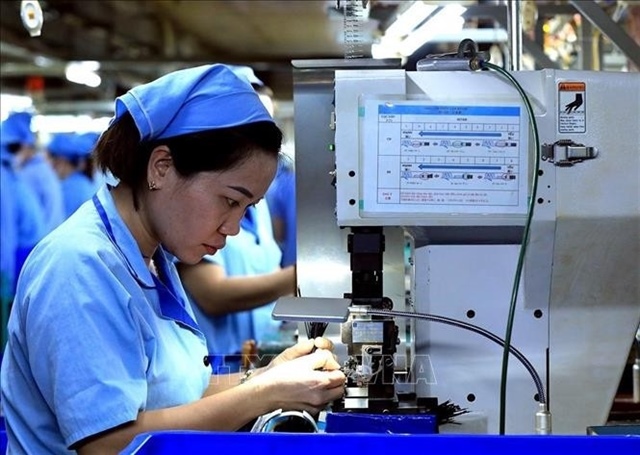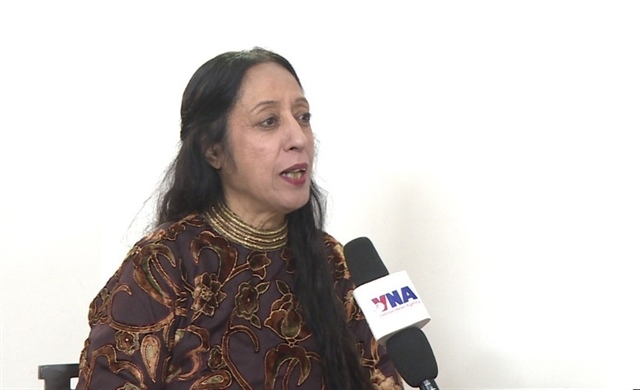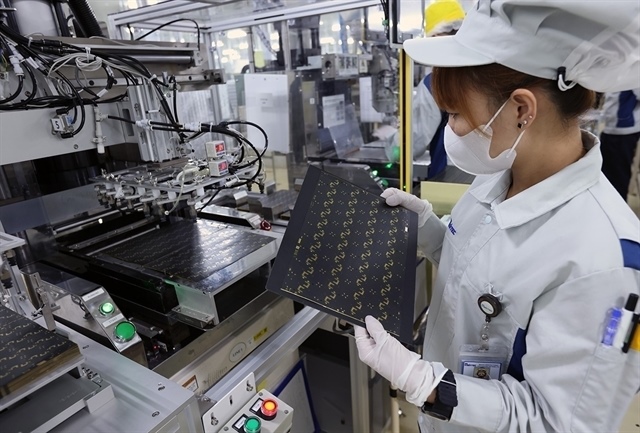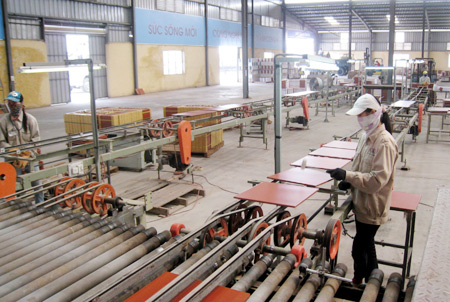Fruit and veg exports enjoy fertile growth
Fruit and veg exports enjoy fertile growth
The national export value of fruit and vegetables rose 33.5 per cent year-on-year in the first half of 2013, reaching US$492 million.
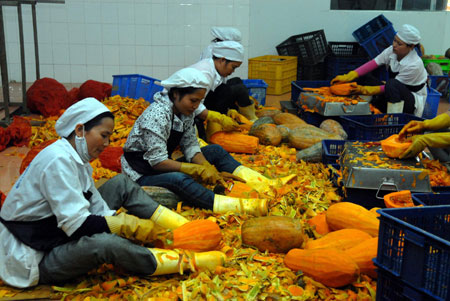
Of this figure, $110 million was made in June, the Ministry of Agriculture and Rural Development has announced.
China continued to be the largest export market for Vietnamese fruit and vegetables, contributing a total export value of $90 million, a surge of 9.3 per cent year-on-year.
Meanwhile, the export value of the produce to Japan achieved a big increase of 104 per cent, hitting $55 million as a rising number of Japanese customers turned to Viet Nam for tasty, nutritious and safe fruit and vegetables.
However, the export volume was still smaller than the demand of the Japanese market, the ministry said.
Other markets also saw a sharp increase in export value, including an 84.5 per cent rise to $13 million in South Korea and an 85 per cent hike to $16 million in Thailand.
Nguyen Van Ky, general secretary of the Viet Nam Fruit and Vegetables Association (Vinafruit), said dragon fruit was particularly valuable, accounting for 40 per cent of the total export value, with the US its biggest outlet.
Since Viet Nam was permitted to market this fruit in the country in 2008, the export volume has risen sharply from 100 tonnes to 1,200 tonnes in 2012.
Dragon fruit exports to the US are likely to reach 2,000 tonnes in 2013, as the export volume has doubled in the first half of this year. Other markets like Japan and the RoK also saw a 25 per cent surge over the previous year.
Viet Nam expects to earn $1 billion from exporting dragon fruit to the US market by the end of this year.
Vietnamese rambutan is also favoured in the US, although its price is triples that of those from Mexico (about $15/kilo). In 2012, about 350 tonnes of Vietnamese rambutan were shipped to the US, earning $3 million.
Meanwhile, Vietnamese mangos, litchis and longans should be granted licenses for export to markets in the US, Japan, Taiwan and South Korea in the time to come.
Despite the positives, the preservation of produce after harvest was the weakest point of local fruit, said Bui Thi Thanh An, deputy head of Trade Promotion Agency. She said better preservation will lead to increased value.
Ho Van Hung, director of southern Vinh Long Province's Trade Promotion Centre, commented that Viet Nam lacked a marketing strategy and a consistent and stable supply of fruit and vegetables.
He suggested the state apply technology to prolong production and harvest for the whole year.
vietnamnews


